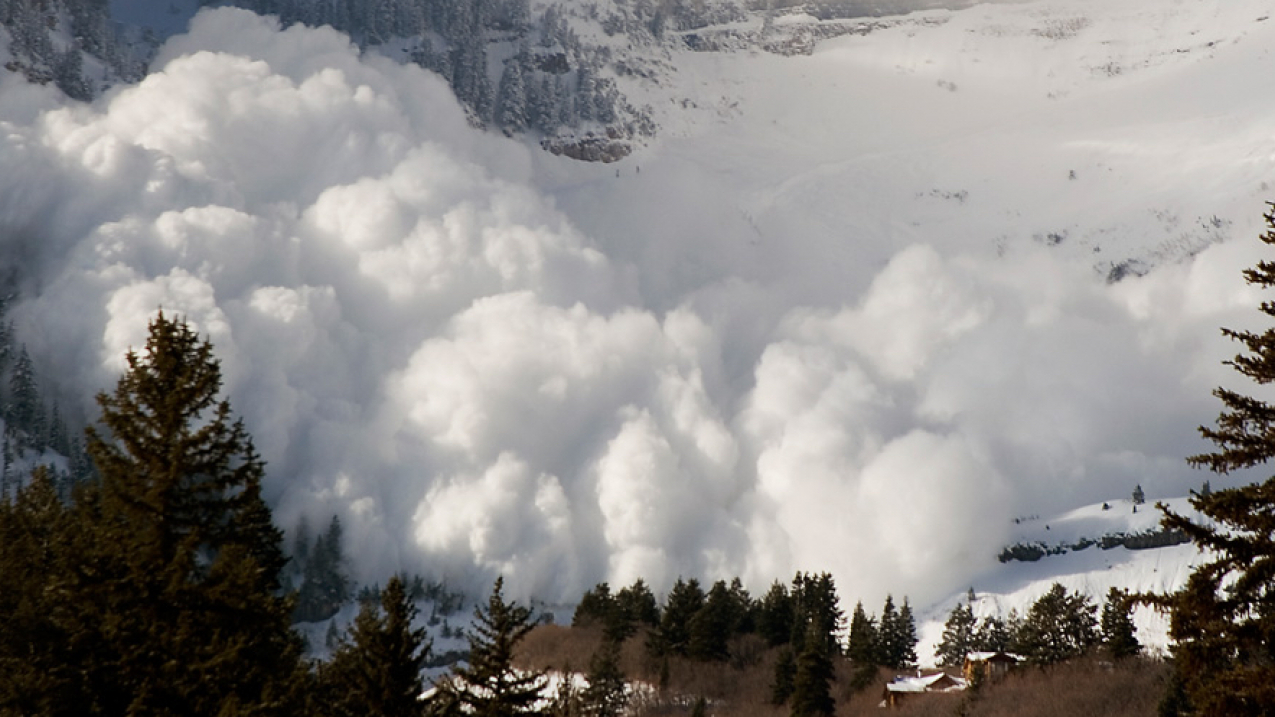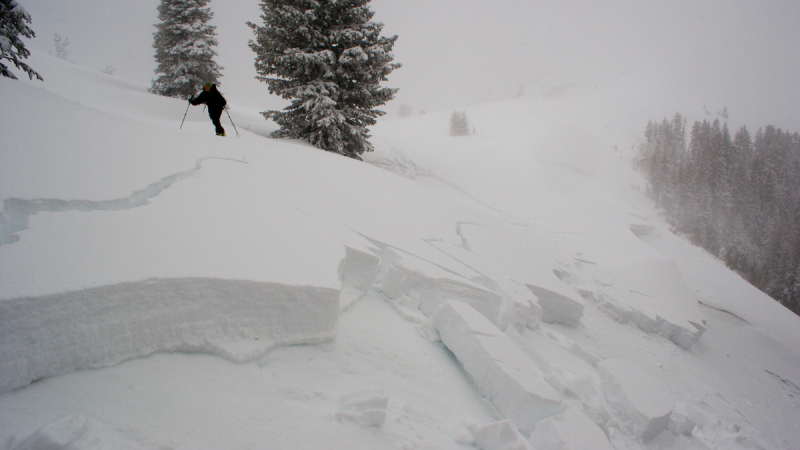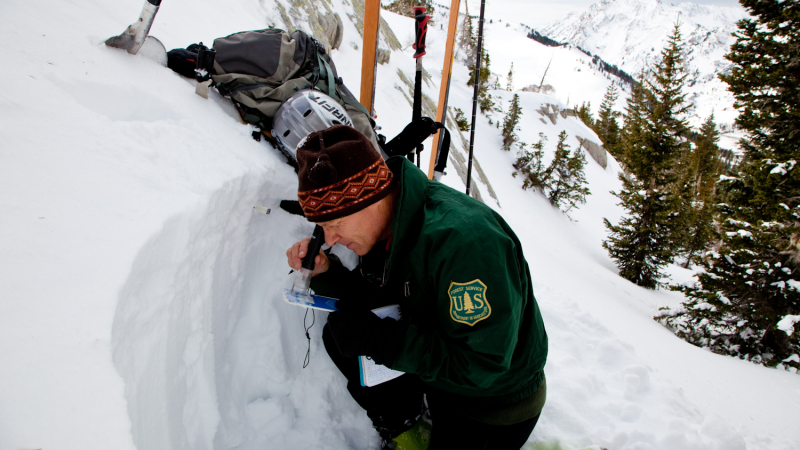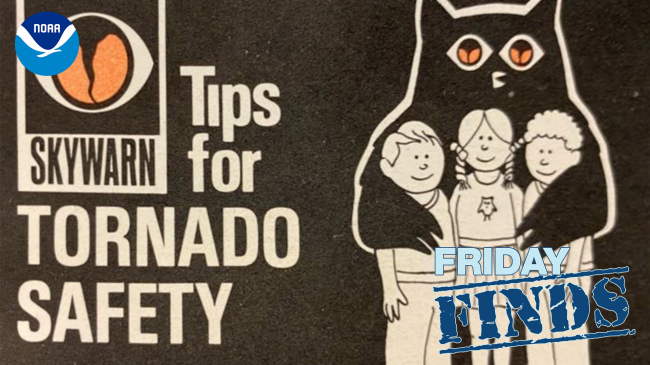NOAA and U.S. Forest Service partner to keep the public safe from avalanches
Are you a fan of snow sports? Each winter people venture into the mountainous back country for outdoor fun such as skiing, snowboarding, snow-shoeing, and snowmobiling. But as any adventurous skier or snowboarder knows, keeping informed by the latest weather and snow conditions is critical – especially where the potential for avalanches is high.

An avalanche occurs at an elevation of 10,500 feet at Elk Point, Utah, in the Wasatch Mountain range. (Image credit: Bruce Tremper/U.S. Forest Service Utah Avalanche Center)
On average 28 people die in avalanches in the United States each year. It goes without saying that as the number of outdoor enthusiasts increases, so does the risk that more people will be hurt or killed in avalanches.
But this doesn’t have to be. NOAA’s National Weather Service partners with the U.S. Forest Service Avalanche Centers to help keep the number of fatalities as low as possible.
We know snow
National Weather Service meteorologists provide U.S. Forest Service avalanche forecasters with critical weather information daily: precipitation, new snow totals, temperature, wind, snow water equivalent, cloud cover and solar radiation data. Avalanche forecasters combine this key weather data with their own knowledge of terrain and snowpack to create a more comprehensive avalanche forecast. Avalanche forecasters then issue warnings and avalanche danger ratings on a daily basis. If snowpack data is unavailable, avalanche potential can be estimated based on weather information alone.

Controlled avalanches
are those deliberately set off by avalanche specialists to reduce the hazards posed to human life and property
“The National Weather Service role in avalanche forecasting is multifaceted,” says Larry Dunn, meteorologist in charge of the Weather Forecast Office in Salt Lake City, Utah. “National Weather Service forecasters initially provide avalanche forecasters with weather data for their forecasts. Then we help disseminate those forecasts to the public and media via weather.gov and NOAA Weather Radio.”
Warnings and avalanche danger ratings
Avalanche danger falls into five warning categories:
- Extreme: Avoid all avalanche terrain;
- High: Very dangerous avalanche conditions; do not travel in avalanche terrain;
- Considerable: Dangerous avalanche conditions; evaluate snowpack and plot routes very carefully and be conservative when making decisions;
- Moderate: Avalanche conditions are heightened in specific types of terrain; evaluate terrain and snow carefully and identify features of concern; and
- Low: Avalanche conditions are generally safe but look out for unstable snow on isolated terrain features.
Currently, avalanche forecasters do not have computer models that forecast avalanches with any degree of accuracy. Good weather information from the National Weather Service and each avalanche forecaster’s experience and knowledge are crucial in composing each daily forecast. Field-based observations on the mountain are essential to creating an informed forecast.

“The partnership between the National Weather Service and Avalanche Centers is extremely valuable and benefits both agencies, but more specifically can save the lives of outdoor enthusiasts,” says Bruce Tremper, director of the U.S. Forest Service Utah Avalanche Center.
Before heading into the backcountry, Tremper suggests you consult both the National Weather Service weather forecast and the avalanche forecast for your mountain area. He also recommends using proper safety gear and taking an avalanche safety class.
Learn more about avalanches and forecasting by visiting the Colorado Avalanche Information Center offsite link and U.S. Forest Service National Avalanche Center offsite link webpages.
Updated: February 10, 2016.
Originally posted: February 14, 2014.



